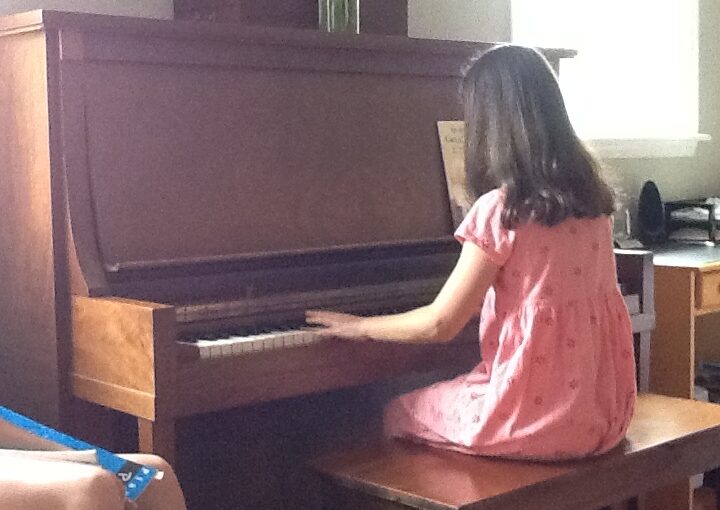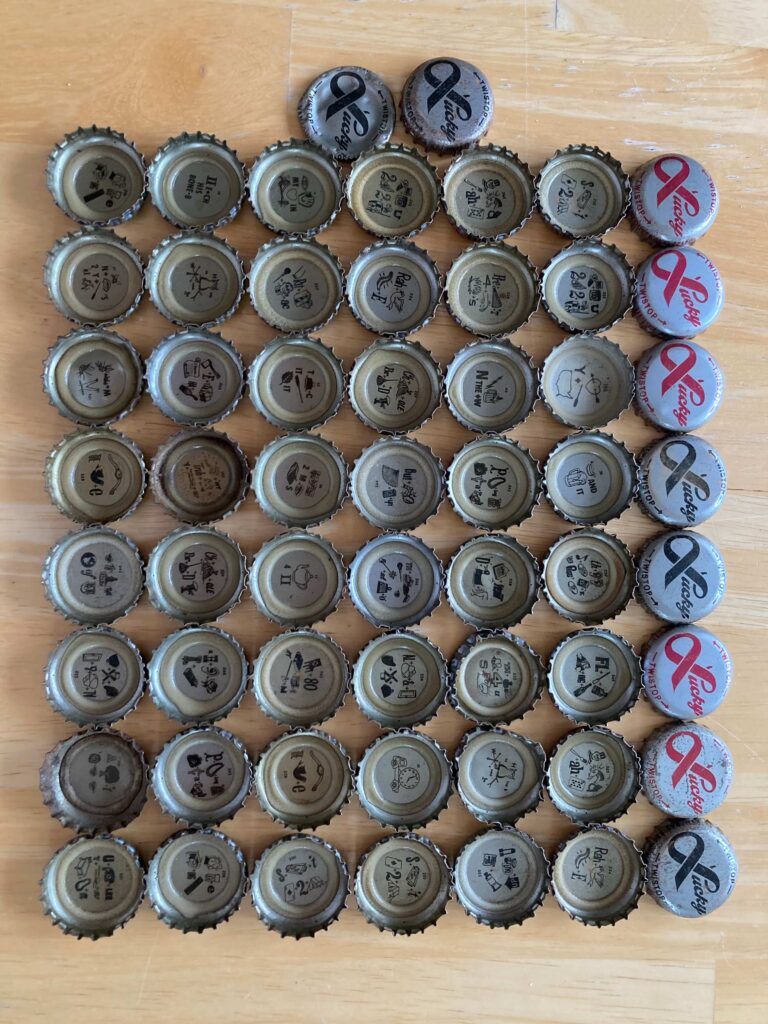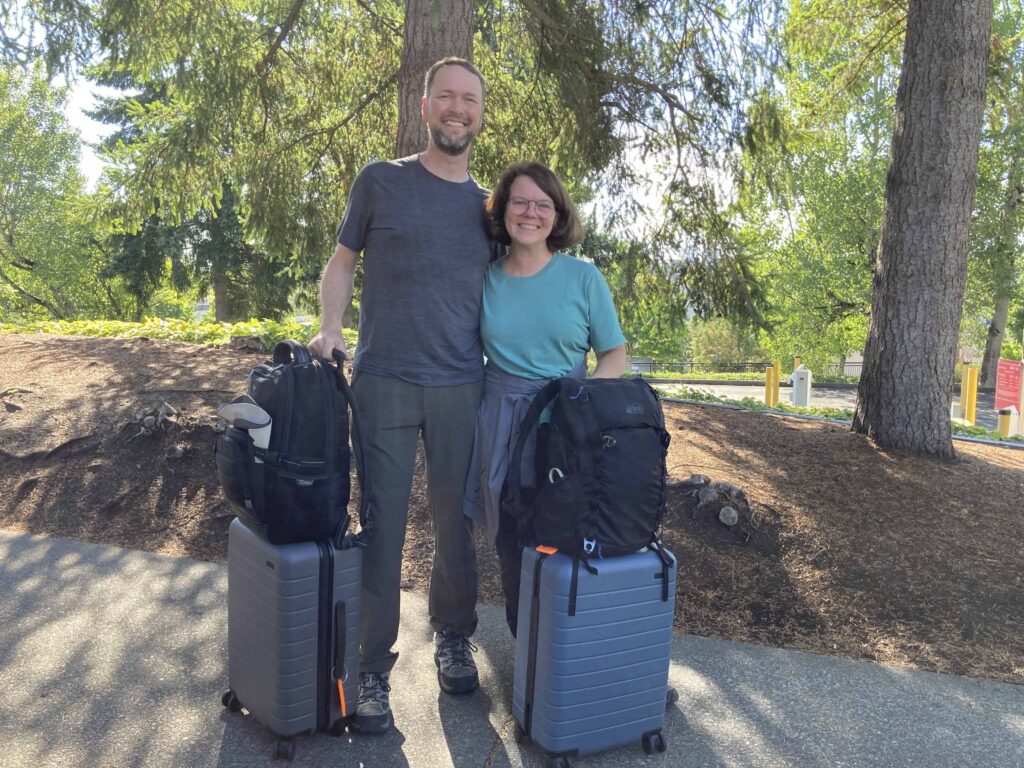[This was first published on the minimalism and lifestyle blog No Sidebar.]
My wife and I sold or gave away 98 percent of our belongings which enabled us to achieve our goal to become full-time nomadic travelers in July 2023. In my pursuit of a simpler life with fewer things, I had to ask myself tough questions. I needed to––I was a self-described “collector of collections” and had a lot of stuff when I started this journey.
Asking myself the popular question about whether something sparked joy didn’t work for me. I found it too easy to confuse any “joy” I felt for a possession with the fleeting enjoyment of a shiny new object––that proverbial “new car smell.” Sometimes I needed to get rid of something even if I really liked it. On the other hand, important possessions I used everyday didn’t spark joy and they didn’t need to. They just needed to do their jobs.
Instead, I found that I needed to ask myself different questions depending on the item in my hands. Six tough questions helped me identify what I wanted to change in myself in relation to what I owned. When I took the time to reach my answer, I changed my relationship with each item, freeing myself to make clear-minded decisions whether to keep or let go.
1. Do my emotions connected to this item exist only because I possess it?
Many of my possessions had sentimental value. For example, love letters from dating my wife 37 years ago, awards I received during my military career, keepsakes given to me from relatives, and a lifetime of collectibles all carried emotional weight. But I found that the feelings were independent of the items––they existed in me. I could feel the achievement of my military career without keeping the physical awards and the nostalgia for dating my wife without all the letters. I found taking a few quality photos helped me detach the emotions from the physical items.
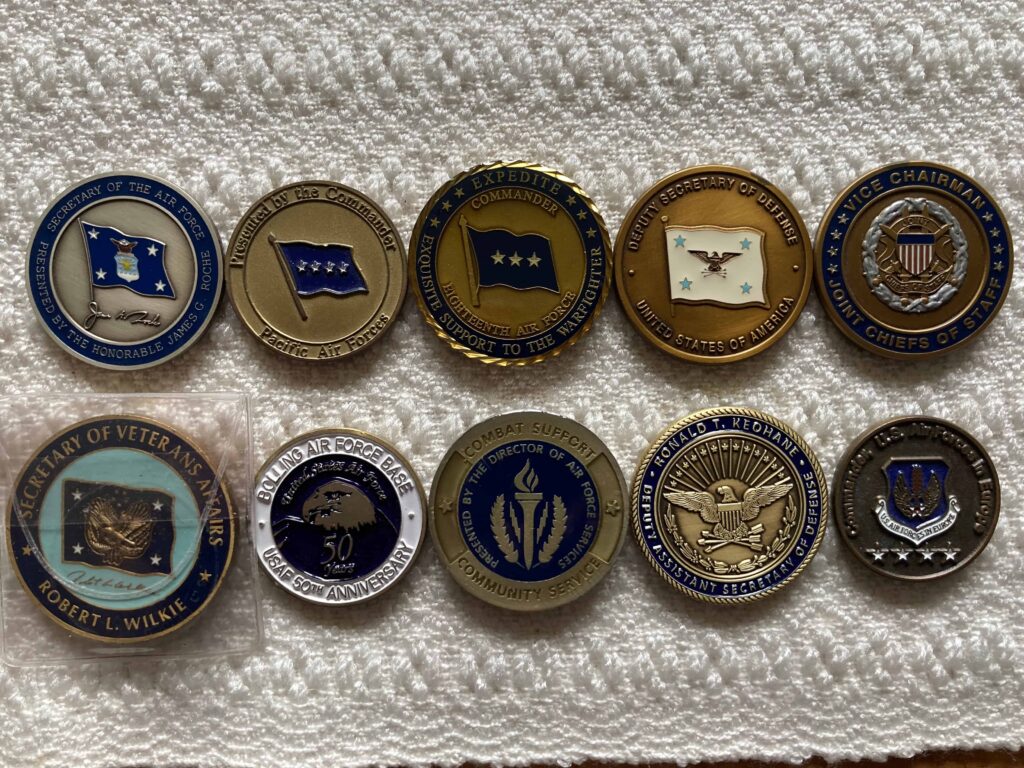
2. Do my family and friends really care if I let go of this thing they gave me?
When my wife and I were first married, her parents gave us the family’s upright piano, the one her great-grandmother danced around in delight when her great-grandfather brought it home in the 1930s. As a military family, we moved that 600-pound piece of musical furniture to 14 different houses. It didn’t fit in our lives, but it had the weight of family expectations––we were the keepers of a family heirloom. When we finally gave it away, we didn’t give away our memory of and love for her great-grandmother, and we didn’t lose the love of our family. I discovered that my family and friends weren’t nearly as disappointed (usually not at all) as I believed they would be when I let go of something they had given me. My guilt was self-imposed.
3. If I let go of these excess clothes, do I care if people see me wear the same clothes on a frequent basis?
Subconsciously, I used to care a lot. I let marketing companies and the middle-school fashionistas of my past impact my adult behavior. Once I realized that it was really me enforcing their rules on what I should wear, I freed myself to wear what I wanted––a few functional, durable clothes. My colors are mostly gray (my daughter lovingly calls it my “groutfit”) and I’m sure I look the same in every photo, but my clothes now reflect my values and take up a lot less space.
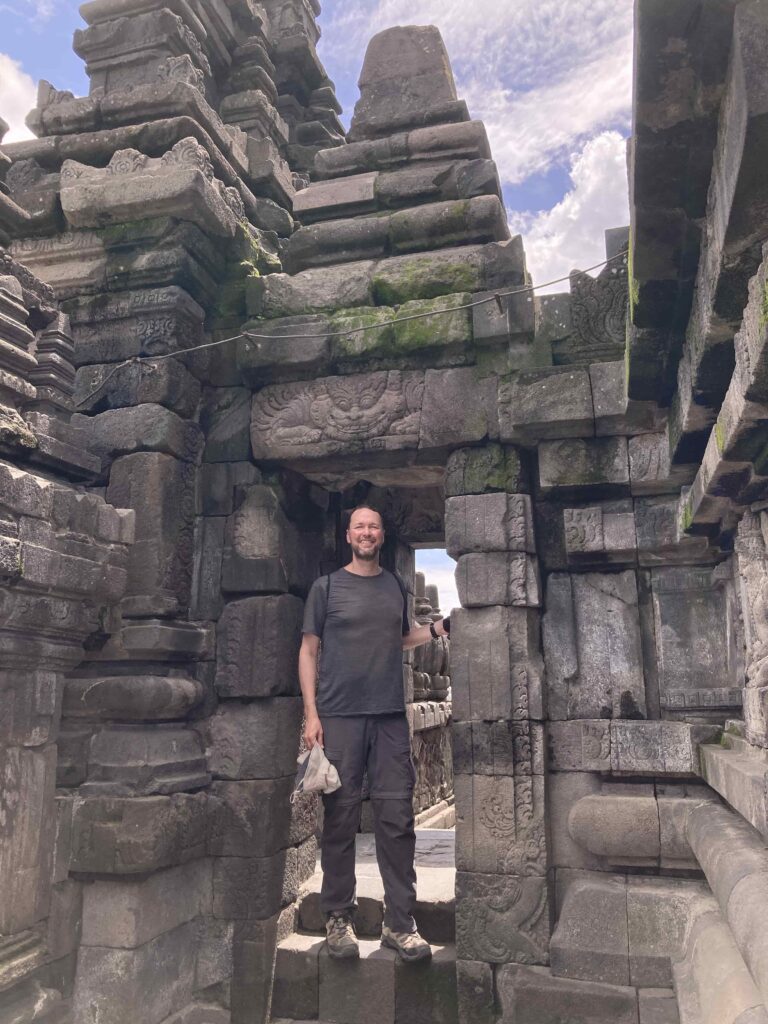
4. Is this possession an investment or an expense?
I held the notion that many of the items I collected over the years were investments and would be worth a lot of money someday. I felt that I had to keep them until I got my perceived value for them. As I downsized, I learned in most cases my possessions were not worth what I thought they were, both in dollars and in my effort to get that money. My stamp collection (couldn’t find a buyer), coin collection (sold most for melt value), Seinfeld DVD set (garage sale price), electric guitar (sold at 40% of retail), autographed Wedgewood vase (gave to charity), Irish Belleek china (garage sale), and more were not worth even close to what was paid for them, and it would take a lot of my valuable time to get more than dimes on the dollar.
5. Can I borrow or rent this item instead of owning it?
I enjoyed collecting a fairly large bookshelf full of books, but came to realize that there are very few books––physical, digital, or audio––that I can’t get from my excellent local public library. When I need them, I can rent tools, a bicycle, a car, and a suit. And if I ever miss the sight of my old collectibles (I haven’t yet), I can visit stamp or coin shops, antique stores, and museums any time and see more wonderful collections than I ever had.
6. How do I handle new items that come to my doorstep?
Once I used the five questions above to let go of all my excess possessions, there was one more important question I needed to maintain my newfound freedom: how do I keep new stuff out? Do I add them to my inventory of items to manage? Having dealt with decades of the “collect-purge-collect-purge” cycle, sustainable change began when I stopped collecting in the first place. I stopped shopping. Oh, I still buy an item like a shirt or shoes when I really need it, but shopping as entertainment is no longer part of my life. I politely let relatives and friends know I value experiences (eating out, visiting a museum, and travel) and consumables (homemade cookies or a bottle of craft gin) over physical possessions. For gifts that I can’t dissuade someone from giving, I find a new home for it and don’t let it become a part of my life.
The answers to my 6 tough questions changed my relationship with the things I owned and was the start of a newfound freedom. I encourage someone starting this journey to find the questions that work best for you. Asking yourself tough questions to identify the underlying internal and external forces behind why you have what you have will help you hone your values and discard items that are not in alignment with those values.
This is a sister post to my post “The Metamorphosis to Becoming A Minimalist“
